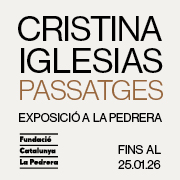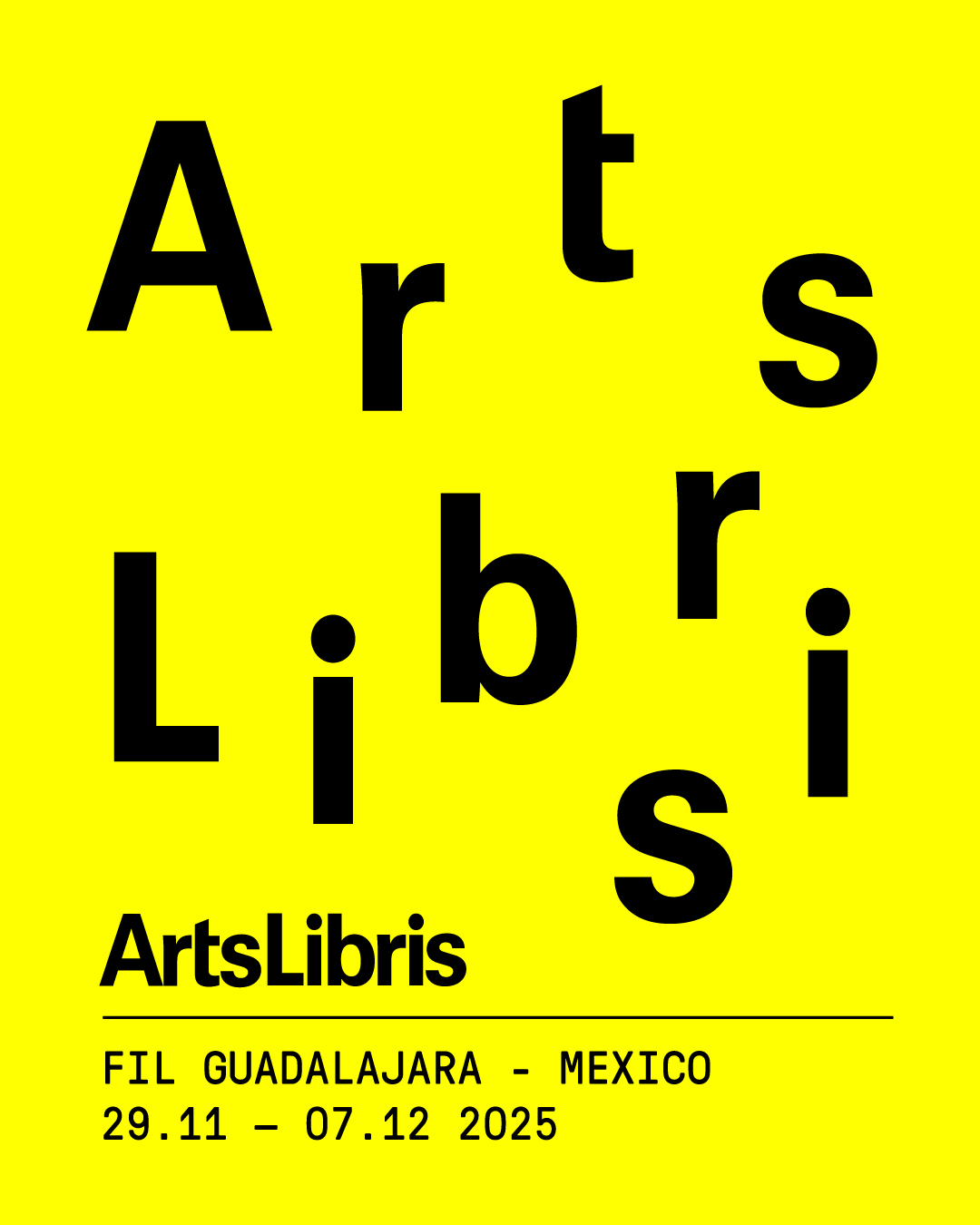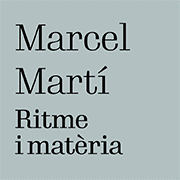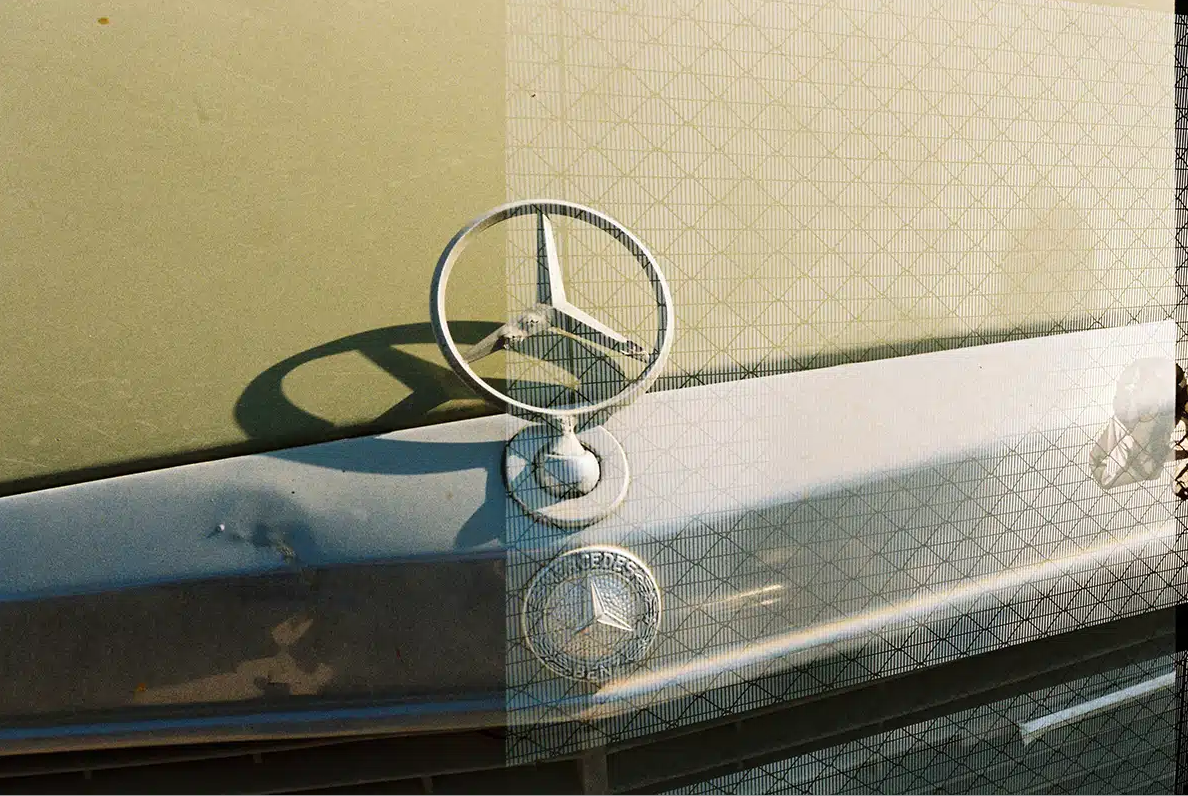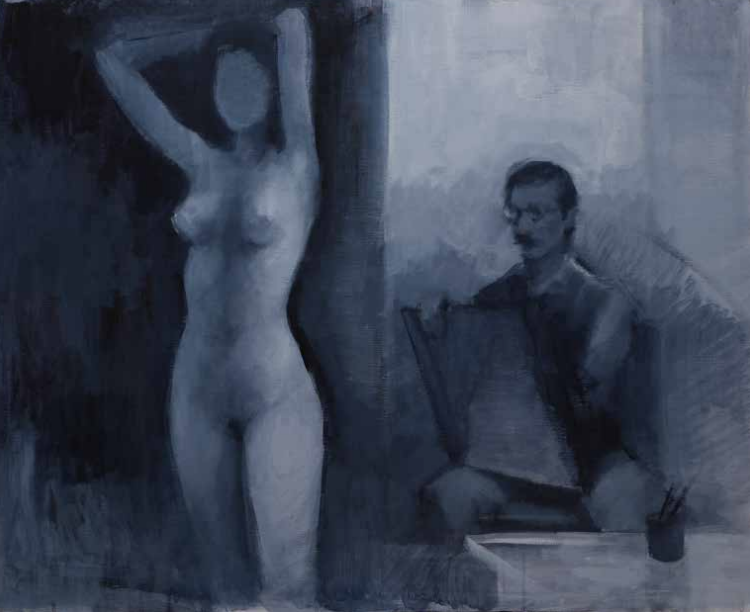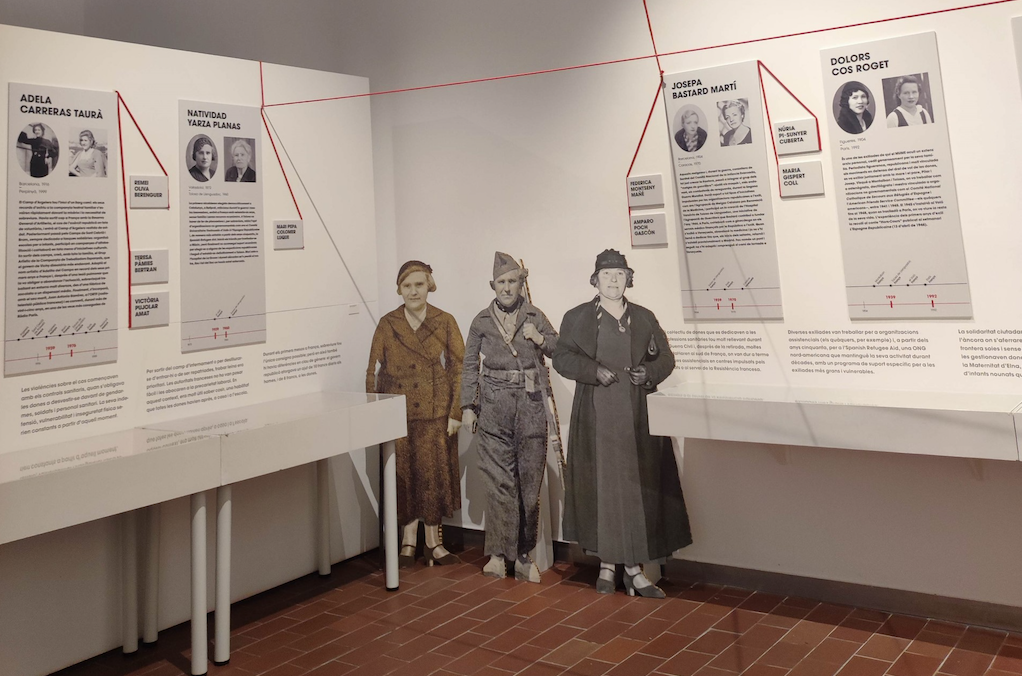Exhibitions
'The shadow under the eyelid' by Pep Admetlla at Bòlit_StNicolau
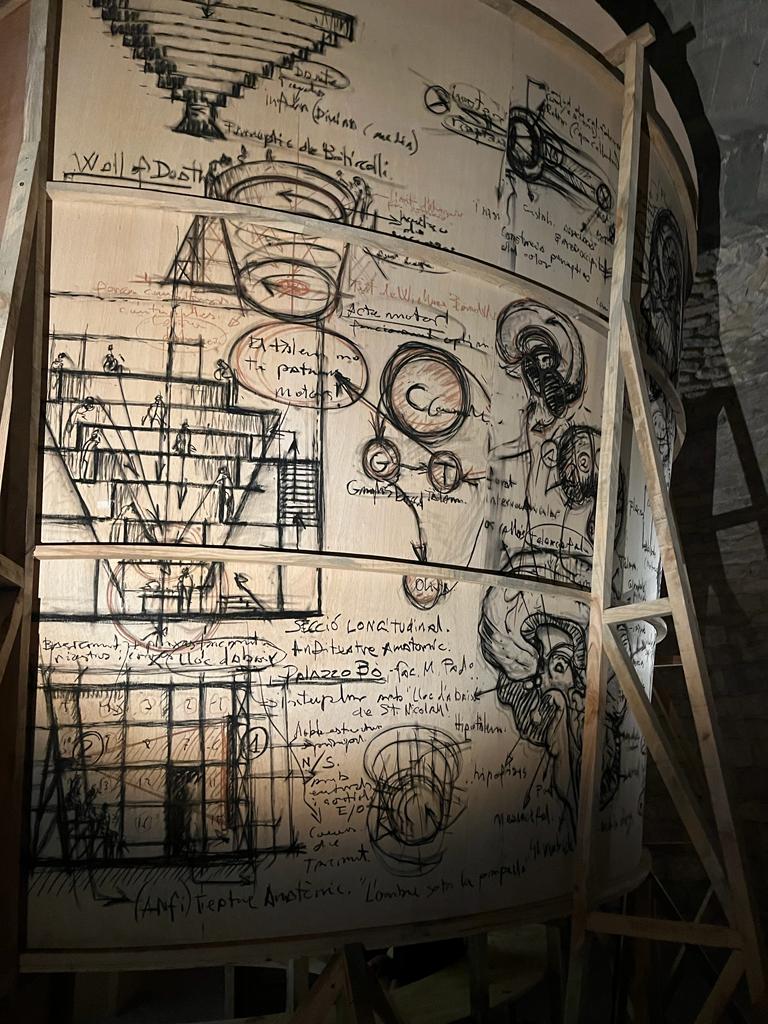
The shadow under the eyelid. Anatomy of the Eccentric Body by Pep Admetlla, an exhibition that opened the Bòlit_StNicolau last October 6 and which can be seen until January 28, 2024, synthesizes years of research by Pep Admetlla (Salt, 1962) on human anatomy , and the relationship between the eye and the brain, the knowledge we acquire both of our body and of the world around us, recreating an anatomical theater and opening up neurocultural questions about the relationship between technology and control based on the interest that has shown science, but also technology in the brain, whether through interactive leisure, augmented reality or artificial intelligence.
The shadow under the eyelid consists of three individual pieces in an installation format that are located within the medieval architecture of the Chapel of Sant Nicolau and that thematically make up a whole. The central element, which dialogues with the architecture that surrounds it, is a panopticon and anatomical amphitheater, a large wooden structure made by the artist, Pep Aymerich, who has worked by moving a model into the physical space of the installation made by Pep Admetlla.
We find three individual pieces that make up a whole, together with the perfect space to get carried away and reflect on what the Sant Nicolau chapel is becoming. Admetlla plays with the architecture of the eye, in a research on the anatomy of the gaze and the play of the senses. The installations can be read individually or as a whole installation, to stop, observe, play and be surprised.
The sound, the image, the textures, give materiality to the total of ideas that the artist, after more than a year and a half of preparation, invites us to experience.
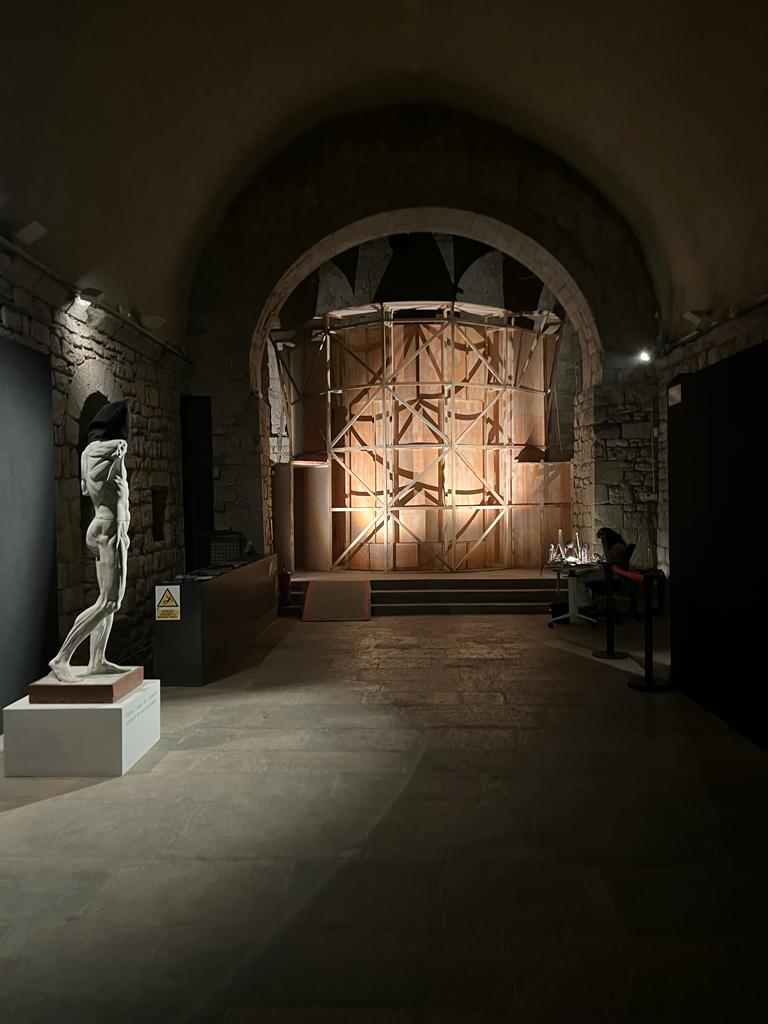
The exhibition is accompanied by a series of activities, a series of talks, presentations, activities for children with very special guests, in addition to guided tours with Admetlla himself and Íngrid Guardiola, director of the Bòlit. Everything to discover what the eccentric body is. It has the form of a panopticon because, on the one hand, it evokes the more conceptual and social part of the architectural representation of control, a figure popularized by the utilitarian philosopher Jeremy Bentham in the 18th century); on the other hand, it emulates the anatomical shape of the eye. The eye has a structure with a very clear physiological function and what we want to represent here is the envelope, this environment, which makes us spectators of what we have in the brain.
Inside, some stands allow the viewer to contemplate a projection on a deformed surface, as if it were the retina, taking the shape of an eye and turning the viewer into an optic nerve or, also, into the thing looked at. Today, in the "digital panopticon", looking often means being looked at. Inside the panopticon, instead of the watchman's tower that we find in Benthamian architecture, or instead of the dissection table of the corpse, there are the spectators. The video that can be seen inside the panopticon is a site specific, which combines images of the construction of the panopticon with others that evoke the "wall of death", a show that took place in a circular enclosure in which the motorbikes pick up more and more speed and height until they roll completely perpendicular to the ground, with a strawberry that the artist connects with the life line. If the rider loses control or goes over the lifeline, he dies.
The dome of the chapel is the one that acts as a sound cover and from it hangs a structure in the form of a device with the diaphragm of an open camera with a point of light, which recalls the eye of God, the figure of control supreme Finally, the closing panel, as if it were a notebook, contains the entire process of developing the project, in the form of notes and drawings. A notebook scaled to the dimension of the panopticon itself.
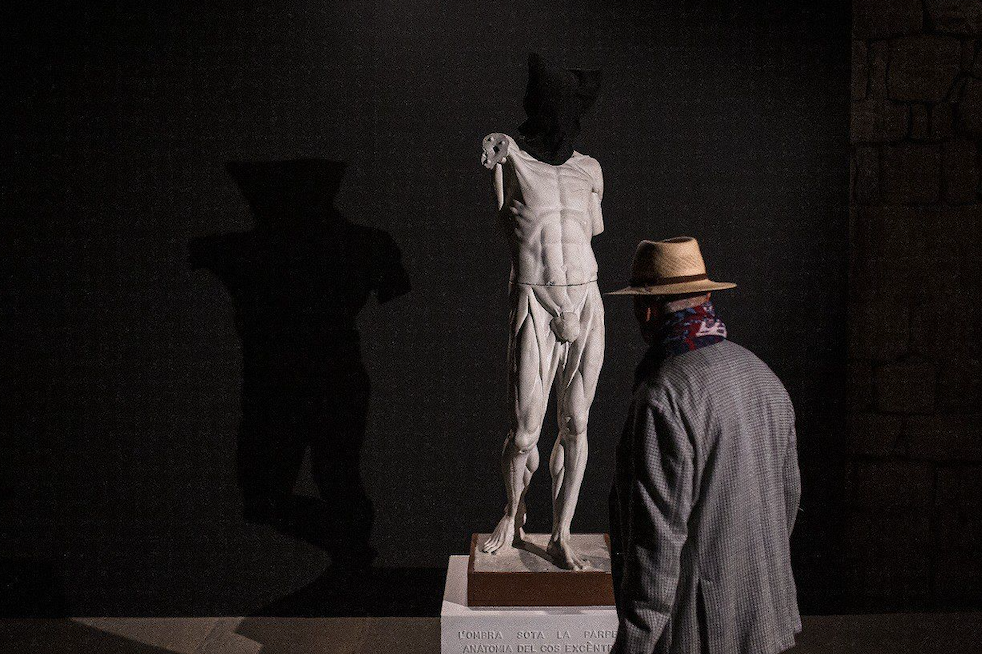
In the central space of the nave is the second of the proposals, a piece found in the warehouses of the Girona History Museum during the research process for this project, which has lasted for a year and a half. It is a sculpture in the form of a scorticato anatomical model, that is, a figure without the skin, which tells us conceptually about our own anatomy (figure), but also about how we are exposed to the outside (background). He admits, takes the sculpture as if it were a ready-made, making clear this lack of skin, of dermis that puts the nervous tissue in contact with the environment. Hands he cannot use because he does not have them (“and therefore cannot be used, not even to activate technological devices such as smartphones that generate a dubious freedom, a self-control that ends up being an algorithmic control ”, in his words); in a final gesture, the artist covers his head with a bag, referring to individual vulnerability, to the loss of autonomy at the hands of current technical and economic control devices.
The third and last piece can already be found at the back of the chapel, an interactive limbic device made with the collaboration of the artist Nicolás Saganías. Again, it is shaped like an eye. This artifact carries a system of sensors that, every time someone approaches it, project a light that will momentarily blind the user; automatically, you will be able to hear some texts read by an artificial intelligence, with fragments chosen by Ingrid Guardiola from classic texts of "literature on control" such as We (1924) by Yevgueni Zamiatin, 1984 (1949) by George Orwell, Speech on voluntary servitude (1576) by Étienne de La Boétie, or the speeches of Trump, Hitler, Jeff Bezos (CEO of Amazon), Stalin or Elon Musk (CEO of Tesla and inventor of Neuralink), among others .
To close the exhibition, and evoking the space located below the anatomical theaters where the corpses that were to be displayed were prepared, Admetlla has placed all the documentation, plans and models of the project in the crypt.
Pep Admetlla, based on his peculiar anatomy lessons, makes vision, architecture and the body a space for dialogue. The exhibition also proposes the exhibition space as a respite from online life, as a possible anatomical theatre, alive and passable, a place of meeting and knowledge.


